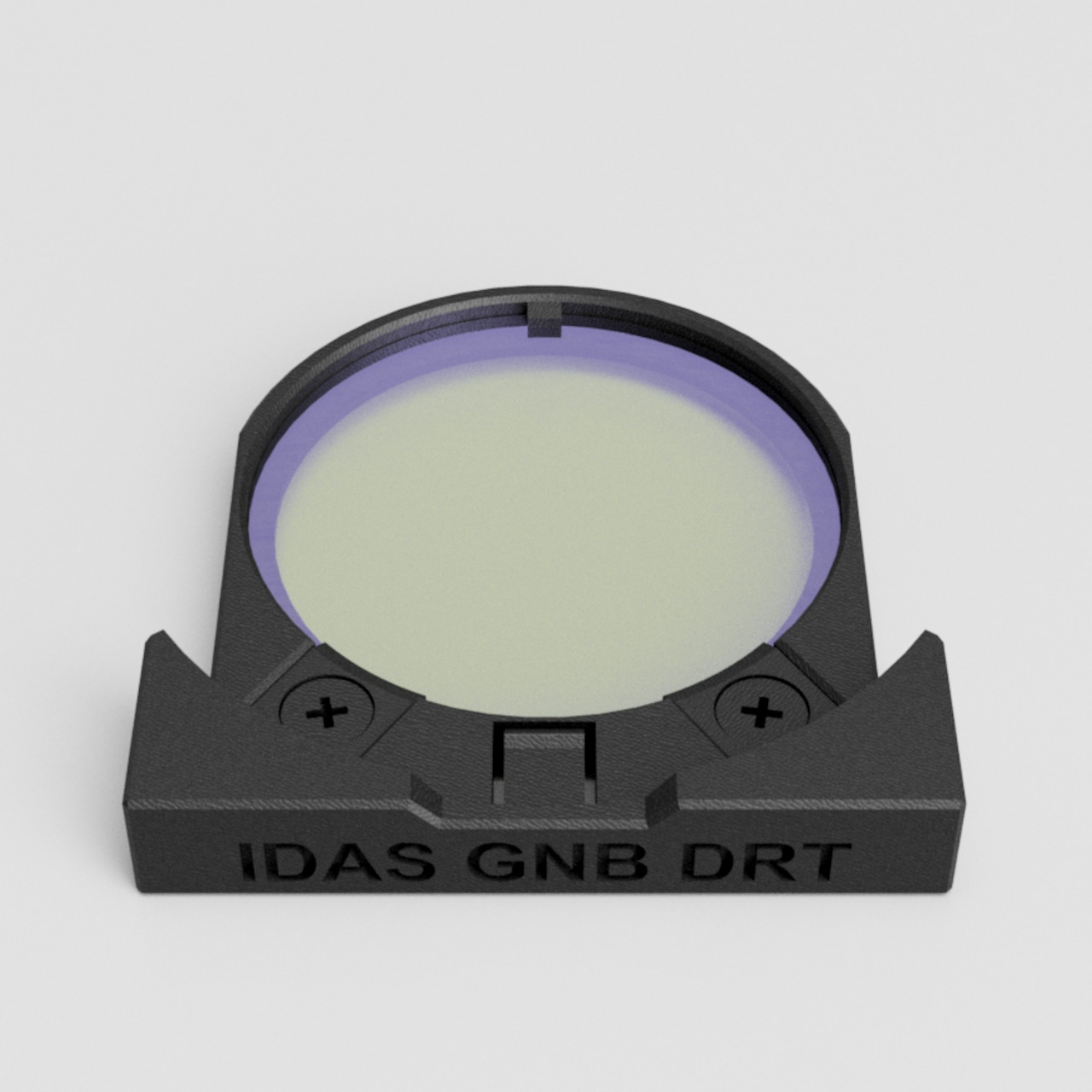TOTAL: HK$ 0
Brands
Categories
Product name or code
Status
Price Range
toSequence
Search

Original Price:HK$2570
The subtle light of galaxies and nebulae is stronger and more vivid --
IDAS's "GNB DZ" is a narrowband filter that takes into consideration not only nebulae but also objects with continuous spectra such as galaxies and star clusters.
The unique spectral design achieves good color balance while providing high transmittance in the Hα and OIII regions.
This model is designed exclusively for the "DRT type" that is compatible with the Canon genuine EF-EOSR drop-in mount adapter and Meike MK-EFTR-C (EF-Canon R) & MK-EFTE-C (EF- Sony E) drop-in holder, realizing and efficient and high-image-quality rear mount configuration that does not require changing filters every time you change lenses.
[Features]
・Narrowband depiction with good color balance while supporting major emission lines such as Hα / OIII
・Can capture galaxies and continuous spectrum objects in natural colors
・Compatible with Canon / Meike mount adapters
・Can be smartly attached to the rear side regardless of lens
・Made in Japan, high-precision optical glass, AR coating
[Specifications]
・Filter type: DRT type (for drop-in rear mount only)
・Effective diameter: 45mm
・Thickness: 2.0mm
・Transmission characteristics: Hα / OIII dual band + infrared band
・Surface treatment: Dichroic coat / AR coat
・Country of manufacture: Japan
|
| *This product is an interference filter. Its spectrum characteristics will be subject to the incidence of incoming light. | |
| When the GNB filter is placed between the lens and the camera: | |
  |